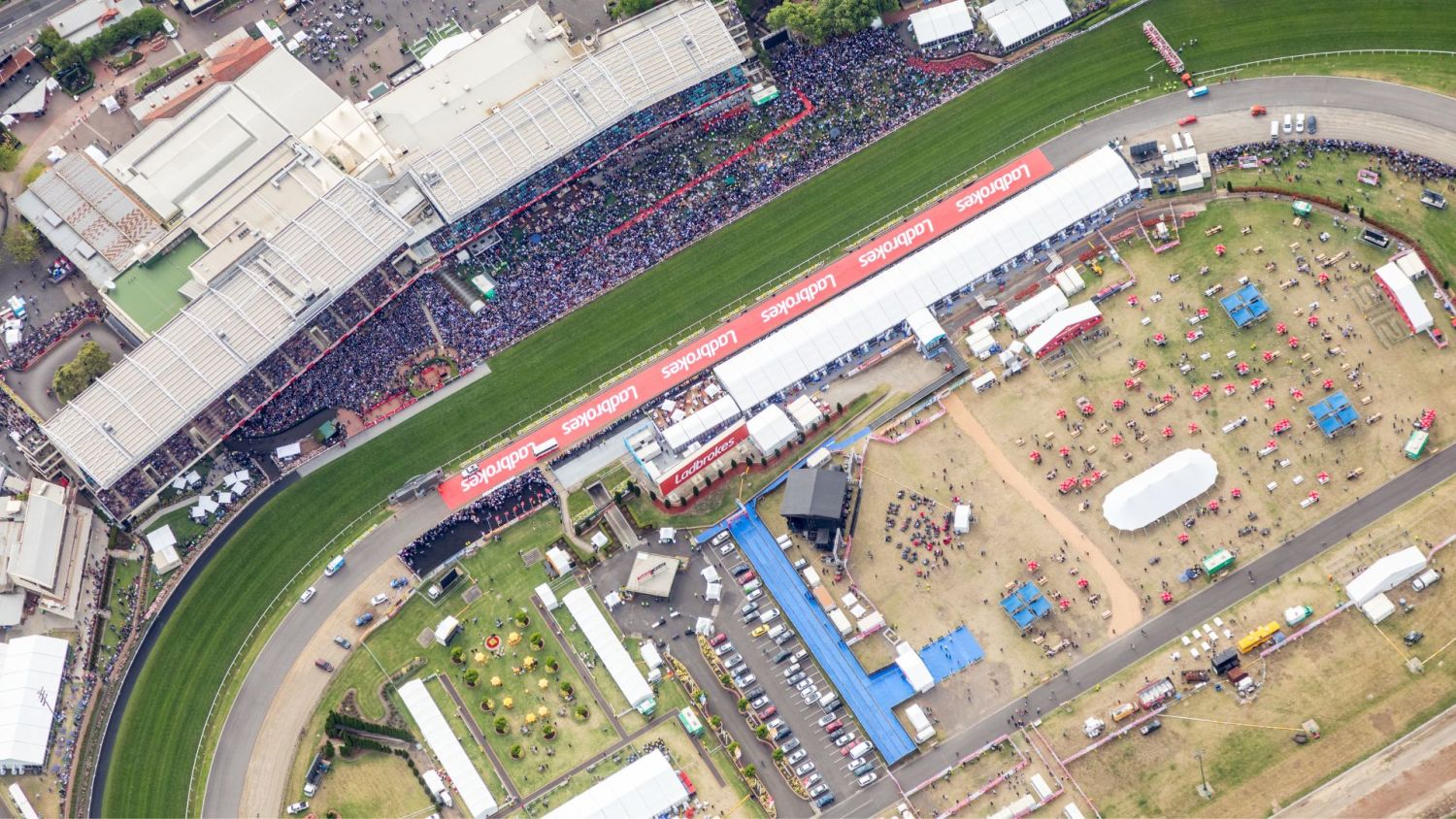Moonee Valley Racing Club Goes Green to Stay in the Black

More than a decade after an advisory panel first sat down to thrash out an idea, the 140-year-old Moonee Valley Racing Club has won approval for a $200-million redevelopment of the track and its infield.
Moonee Valley City Council signed off on the first two planning permits late last month, which will eventually allow for a modernisation of racing facilities, construction of a multi-function grandstand, and for the infield to become recreational and other public facilities on non-race days.
As part of the project a pedestrian tunnel will be built beneath the famous turf course, allowing access to the infield.
With the redevelopment, the club is aiming to become Australia’s most sustainable sports and entertainment precinct, and plans to achieve carbon neutrality by 2027.
The club’s head of property Georgia Willis said it’s hoped a major upgrade to LED lighting on the racetrack will save $400,000 a year on electricity bills.
More than 3.5k watt-hours of grid energy is expected to be saved by generating and storing electricity on-site, reportedly halting up to 3000 tonnes of greenhouse gas emissions a year.
“It’s a no-brainer, really,” Willis said.
“As you can appreciate, the race clubs have been around for many, many years, so they’re not very sustainable as they exist, and certainly not if they haven’t gone through redevelopment phase.
“So that was really key. We needed to look at how we could be operationally sustainable as it relates to energy, particularly with the track lighting.”
Perhaps best known for the WS Cox Plate—an annual Group One, weight-for-age race—the club is also a leading night racing venue.

Other green initiatives include harvesting water from stormwater pipes and capturing excess irrigation water from the track.
“Racecourses typically have a high water usage and what we’ve been seeing, particularly at times of really low rainfall, is that we’re relying very heavily on town water, potable water,” Willis said.
“So that is going to be a game changer for us, not only from a cost perspective, but also from a sustainability perspective.”
Once finished, the club expects the improvements to attract around 50,000 additional visitors each year.
The club’s chief executive Michael Browell said the project was the most significant transformation in Moonee Valley’s history.
“The landmark precinct will ensure Moonee Valley Racing Club’s relevancy for future generations of customers and the broader community alike,” Browell said.
Moonee Valley mayor Pierce Tyson said he expected the new precinct to provide “significant economic uplift”.
“It’s a game-changer for the local area and demonstrates our united commitment to creating a vibrant and thriving community,” he said.
However, the club’s attempts at future-proofing have not been without controversy.
A separate $2-billion redevelopment of a big section of the club’s entire 40-ha site—to be known as Moonee Valley Park—envisages thousands of new townhouses and apartments.
Begun in 2017, the joint venture with developer Hamton Property Group and superannuation fund HostPlus has met stiff opposition over concerns with increased traffic and building heights.
The Moonee Valley Racing Club was established in 1883 by William Samuel Cox, who had bought a farm the previous year from John F Feehan for the purpose of establishing a racetrack.
Unlike other race courses in and around Melbourne—such as Caulfield and Flemington—Moonee Valley remains entirely freehold land owned by a private club.














